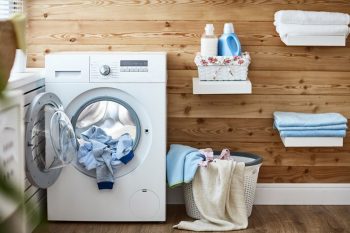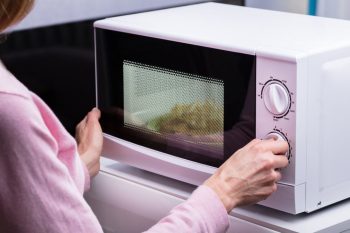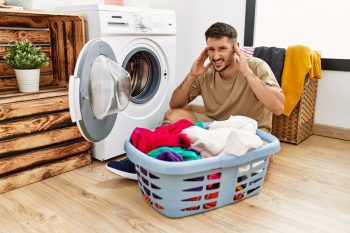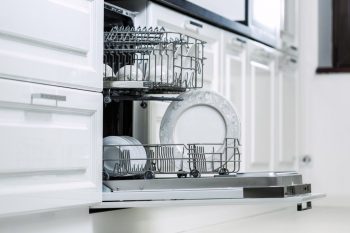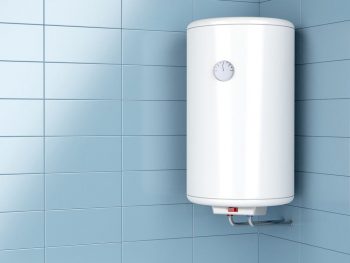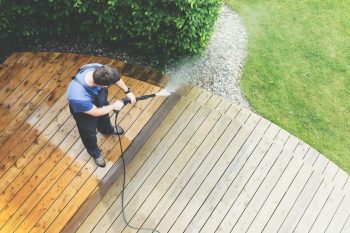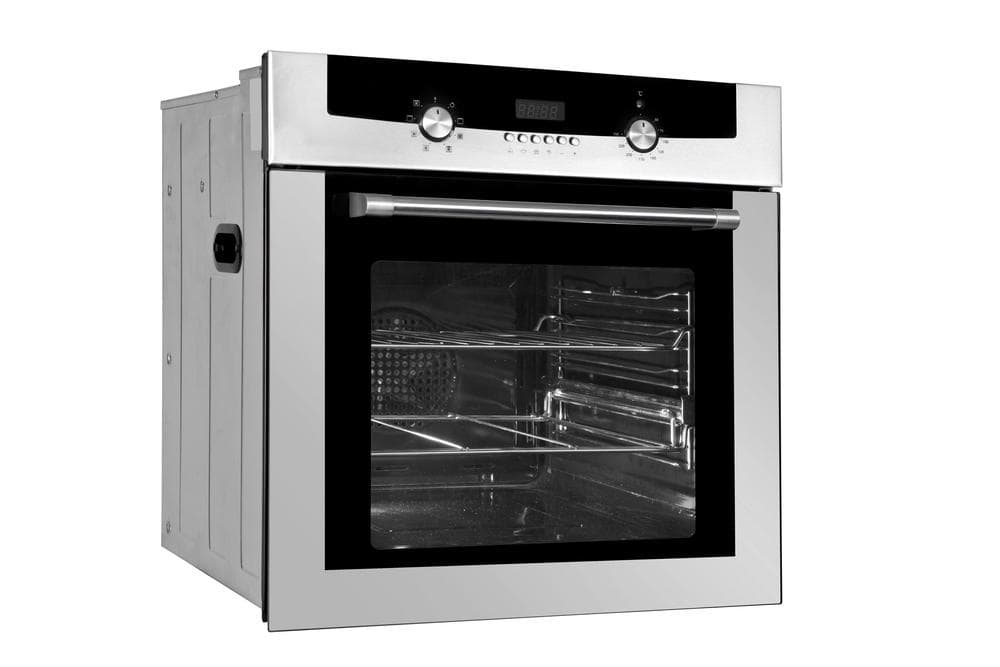
A propane oven is a versatile and cost-efficient alternative to traditional gas or electric ovens. They offer numerous benefits such as even heat distribution, precision in temperature control, and energy efficiency. This comprehensive guide will take you through everything you need to know about using a propane oven, from setup and installation to maintenance, troubleshooting, and safety measures.
Using a propane oven involves setting it up by connecting it to the propane gas supply, ensuring proper ventilation, and maintaining a safe distance from flammable materials. To use it, make sure all stove burners are off, then ignite the pilot light using the oven knob. Set the temperature using the oven thermostat. Regular maintenance, including cleaning and inspecting the burner channels, will ensure its efficient functioning. Always follow safety measures and manufacturer’s instructions for the best results.
What is a Propane Oven?
A propane oven uses propane gas as its fuel source. Propane, also known as liquefied petroleum gas (LPG), is often used in rural areas and outdoor cooking appliances where natural gas hookups may not be available. Compared to electric ovens, propane ovens are known for providing more even heat distribution and precise temperature control. They can heat up quickly and maintain a consistent temperature, resulting in more evenly cooked food. Additionally, propane ovens are generally more energy-efficient than electric ovens, leading to cost savings in the long run. However, they should be used with proper ventilation as they can produce harmful emissions if not adequately vented.
Installation and Setup
Before starting the installation process, ensure that the gas supply is turned off to prevent any accidents. Position the oven in its desired location, ensuring it is level and stable. Make sure there is enough space around the oven for proper ventilation and clearance from combustible materials. Connect the gas line and attach it to the propane tank. Once the connections are made, turn on the gas supply and check for any leaks using a gas leak detector or a solution of soapy water. Always read and follow the manufacturer’s instructions for your specific propane oven model.
How to Use a Propane Oven
Using a propane oven is relatively straightforward. First, ensure all the stove burners are off and open windows and doors for proper ventilation. Locate the oven knob with the “ignite” setting, push in and hold the oven knob while turning it to the “ignite” setting. Use a long match or lighter to safely ignite the pilot light. Once the pilot light is lit, set the oven to the desired temperature using the oven thermostat.
Temperature Control in a Propane Oven
Propane ovens offer excellent temperature control. Place an oven thermometer in the center of the oven to get an accurate reading of the oven’s temperature. If the oven’s temperature is off by more than 15°F (10°C), you may need to calibrate it. Regular cleaning and maintenance can help ensure consistent temperature control.
Maintenance and Troubleshooting
Regular maintenance is crucial for the longevity and efficient functioning of a propane oven. This includes cleaning the oven interior, inspecting and cleaning the burner channels, deep cleaning the grates, checking the gas supply, inspecting the igniter, and regularly checking the circuit breaker.
Common issues that might arise with a propane oven include the oven not heating, weak burner flame, oven not heating to the correct temperature, and the oven door not shutting properly. Most of these issues can be resolved by replacing faulty parts, cleaning, or recalibrating the temperature.
Safety Measures
Safety should be a top priority when using a propane oven. Ensure the oven is used in a well-ventilated area, keep the oven clean and dry, follow the manufacturer’s instructions, maintain a safe distance from flammable materials, and install smoke and carbon monoxide detectors. Regularly inspect the propane canister and store it properly.
In conclusion, propane ovens are a great alternative to traditional gas or electric ovens. They are cost-efficient, provide even heat distribution, and offer precise temperature control. With proper installation, usage, maintenance, and safety measures, a propane oven can be a beneficial addition to your kitchen.
Frequently Asked Questions
What is the lifespan of a propane oven?
The lifespan of a propane oven can vary based on usage and maintenance, but on average, they can last anywhere from 10 to 15 years.
Can I convert my existing electric or natural gas oven to a propane oven?
Yes, it is possible to convert an electric or natural gas oven to a propane oven. However, it’s crucial to hire a professional for the conversion process as it involves changing the gas jets, adjusting the air-gas mixture, and ensuring safe connections.
Can a propane oven be used during a power outage?
Yes, a propane oven can be used during a power outage. Unlike electric ovens, propane ovens don’t rely on electricity to function. However, some features like the clock or the oven light may not work without power.
What should I do if I smell gas around my propane oven?
If you smell gas, it’s essential to act quickly. Turn off the gas supply, open windows and doors for ventilation, evacuate the house, and call a professional or your gas supply company immediately. Avoid lighting matches, turning on lights, or doing anything that could cause a spark.
How often should I clean my propane oven?
It’s recommended to clean your propane oven after every use to prevent buildup of food particles and grease. However, a deep clean should be done at least once every three to six months depending on usage.

